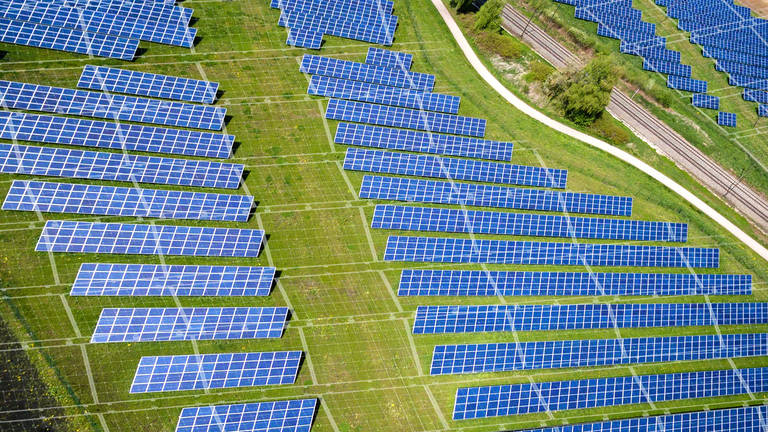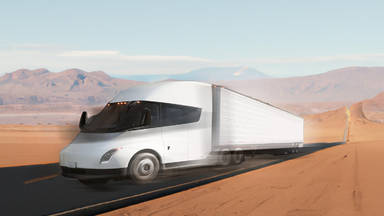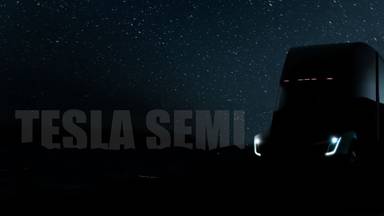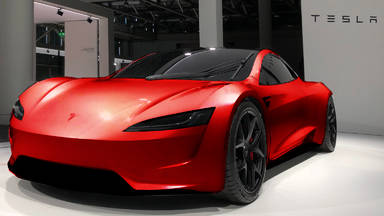
Elon Musk once said that Tesla's energy segment of their business would be bigger than its vehicle segment. The shift to electric vehicles is certainly happening, but Elon Musk knows that the sustainable energy transition is a much more lucrative business.
Currently, oil money backs up the world's richest companies, such as Sinopec Group, Royal Dutch Shell, China National Petroleum Corporation, Saudi Aramco, and even the once-thriving Standard Oil Company, founded by the richest man in U.S. history, John D. Rockefeller.
Although it may not seem obvious at the moment with low oil prices, oil is a finite resource and will eventually run out. With the lower concentration of oil, it would cost more to produce the same amount of oil. If demand remains constant, the simple rule of supply and demand would tell us that oil prices will rise in the long run.
However, as solar panels and energy storage become more cost and time-efficient over the years, it is almost inevitable that solar panels and energy storage will be deployed around the world, and that's when Tesla's virtual power plant will come into play.
In 2019, with the cooperation of the South Australian government, Tesla installed thousands of solar panels and power walls, all interconnected with wiring so that the Tesla power pack II, which stores energy for a long period of time, can come into play during power outages. Because of the fact that there is so much extra energy stored in these power walls and power packs, with the power wall storing energy throughout the day, this energy can be sold to other areas in the country during power outages, ultimately generating revenue.
So far with only one thousand homes in the virtual power plant system, the Australian Energy Market Operator, also known as the AEMO, reported revenue of $225,000 in just four months, or roughly 225 US dollars per household.
Overall, the total cost of Tesla's virtual power plant in South Australia will mount to an estimated 800 million dollars, pocketing a large amount of profit for Tesla. The partnership of Tesla and the AEMO is mutually beneficial, as it saves a lot of money for the AEMO over the long run, help citizens get energy, allows Tesla to generate revenue, helps Australia to successfully transition to sustainable energies, and assist Australia during energy outages.
As Tesla's Solar panels, Powerwalls, power-packs, and Mega-packs become more cost-efficient over time, more and more countries will begin to transition to these products as a means of saving money. Because of their early success with Australia's virtual power plant, many other areas are already starting to follow. National Grid, a utility company based in the US, has been looking to create a Tesla virtual power plant of its own. National Grid customers in Massachusetts or Rhode Island can now enroll their powerwalk in Connected Solutions battery program. A program that links batteries across the state together, to create a large supply of sustainable energy, to be used during peak demand.
You can expect National Grid to request power from your power wall for a few hours, up to 75 days per year, which is roughly 60 summer days and 15 winter days. During the hottest part of the summer, you can expect an event almost every weekday. Tesla will charge the battery for best event performance and command the battery to discharge during the event. At all other times, you can choose how the battery behaves through your Tesla app.
By sharing your power with National Grid, the company estimates that you will obtain one thousand dollars of profit every year, slowly paying off the initial payment of the Tesla Powerwall, which is eight thousand dollars.
Along with National Grid, many other utility companies are also attempting to expand the virtual power plant. Green Mountain Power, a utility company based in Vermont, looks to offer the Tesla Powerwall for $1,500 down to $6500 from the full cost of $8000, as long as you share your energy with Green Mountain powers virtual power plant.
The potential for Tesla to partner with other utility companies in other countries is continued to grow as time goes on. Earlier in February, it was announced that Tesla was targeting Japan to implement a virtual power plant. With the ramp up of Tesla's virtual power plant all over the world, this would incentivize people to buy Tesla's vehicles, as the entire Tesla ecosystem would be able to be managed under the Tesla app. This is all vital for Elon Musk's plan to vertically integrate the sustainable energy market since it is a sustainable energy solution that can scale well for the whole world.









